Programm
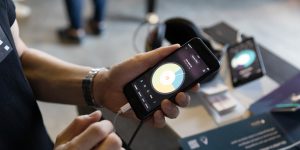
Amadeus Code
Taishi Fukuyama (JP)
Amadeus Code is a songwriting assistant powered by artificial intelligence.
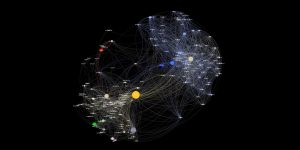
Critical Cartography: Unauthorized Blue Prints
Vladan Joler (RS)
This map is based on a 5-year internet monitoring process and over 400 different cases of violations documented and analyzed by the Share Foundation. Though different methods represented in this map are observed in our local context, we believe that they are also being used worldwide in similar forms. This map is an attempt to interconnect most of those issues into one map, one possible narrative, one possible reading of those processes.
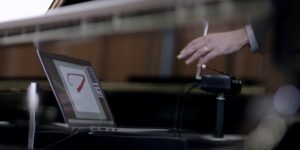
Computers that Learn to Listen
Institute of Computational Perception, Johannes Kepler University (JKU) Linz (AT)
A set of 8 short demo videos on latest results from the world of scientific research: computers learn to listen to and “understand” music; an autonomous drum robot recognizes beat and rhythm; musical computer companions turn music pages for pianists, listen to orchestras, provide synchronized scores to concert audiences, and accompany soloists.
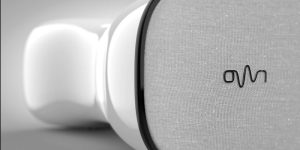
0W1 Audio
Jean Beauve (FR)
Designed by Sacha Lakic, 0W1 D5 Master is the first portable IoT audio system that features truly “life-like” sound. As an IoT, it also embeds a number of music-centric contextual experiences.

Umbilical Digital
Dmitry Morozov / ::vtol:: (RU)
Umbilical Digital is kind of a farm where a special algorithm devotes itself to raising “digital living creatures” such as Tamagotchis. The system monitors their condition and takes on all tasks that are required for maintaining their “life” and keeping their “spirits” up. The simulation of pressing keys makes the system seem like a person who is taking care of the digital creature: it exists as if it has been “raised” by a human hand.

The Feline Project
Dagmar Dachauer (AT), Kilian Immervoll (AT)
Online cat content and robopets represent a deeply human yearning. Choreographer Dagmar Dachauer, together with video artist Kilian Immervoll, initiates a humorous and bewildering interaction between the ancient pet, human and robot through a hyper-detailed movement language.

Voices from AI in Experimental Improvisation
Tomomi Adachi (JP), Andreas Dzialocha (DE), Marcello Lussana (IT)
Through machine learning, computers can recognize patterns in a variety of sound documents. But can they also learn to improvise musically? The software “Tomomibot” tries it out by interacting in real time with the sound artist Tomomi Adachi, using deep learning techniques. The Artificial Intelligence (AI) "learns" the artist’s individual style via voice recordings and directly confronts him with the newly generated material. Their joint performance shows how interactive technology and AI can influence a (vocal) style. However, this dialogue also makes clear that the artist will always be more creative and unpredictable than his mechanical counterpart.
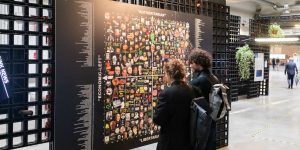
Online Culture Wars
DISNOVATION.ORG (FR/PL)
Taking the Political Compass as a framework, this cartography offers a symbolic representation of online ideological and political debates, and their growing polarization, politicization and radicalization orchestrated by different political and cultural influencers in recent years.

Seeing I
Mark Farid (UK)
For 24 hours a day, for 28 days, artist Mark Farid will wear a virtual reality headset, seeing and hearing what one person sees and hears for 28 days.
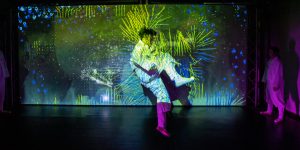
TechiEon
Corea Impact (KR)
TechiEon is a Taekkyeon performance that re-imagines the scale and bio-diversity of eon in AI-based augmented reality and soundscape.


